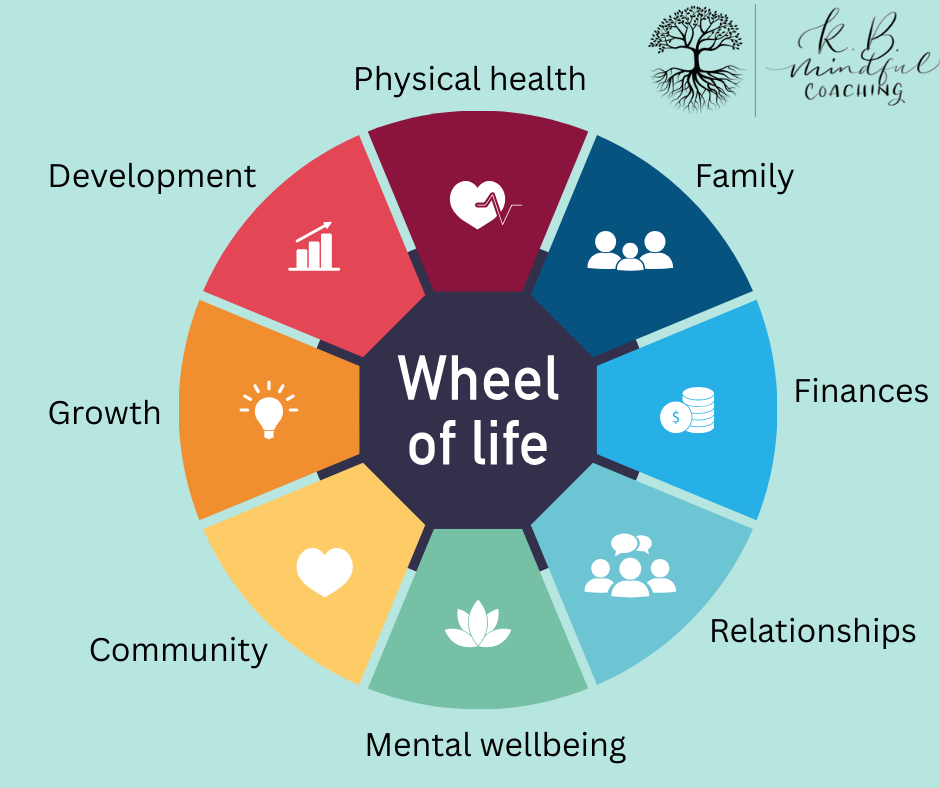The top 3 things covered in life coaching...
- kbmindfulcoaching
- Feb 28, 2024
- 4 min read
According to me anyway!
This might be where you are thinking I’m about to list my top 3 topics that always come up with my life coaching clients (usually mums), like confidence, imposter syndrome and fear, why they come up and what we do about them. But actually it’s not, this time anyway!
It is safe to say that coaches often will see similar themes and issues with their clients, like the ones listed above. But they will present slightly differently for each client, have a different impact and will of course be part of each person’s individuals circumstances and situation. You can probably take from this that whatever it is you are experiencing, you are not alone, and fortunately there is support out there to help you (whether that is coaching or something else).
How life coaching works
However, today I thought I’d talk a bit about coaching itself – but don’t worry, I’m not going to try to explain the process as such because I’m not sure that’s really very interesting, after all each of us wants to get from A to B, the method isn’t the most important bit.
The outcome is the part that really matters to us – but how do we get there with coaching, and why should we care?

The PBT model of life coaching
The above PBT model (perceptions, thinking and behaviour), with a couple of my own additions, can help explain how the process of coaching can help you find a way forward, without getting bogged down in the minutiae and procedural aspects.
I chose this particular tree image, as you’ll notice that the roots below the ground are just as large as the trunk, branches and leaves above the ground. In other words, the parts we don’t see are just as significant as the bits we do. Whilst our outward behaviour is what we demonstrate to others and is visible to both them and us, it doesn’t operate alone – in fact all those arrows face in both directions – each part influences and impacts the others.
This is the reason why new year’s resolutions often die a death by this time of year – because we are relying on our behaviours only to force through a change, and we haven’t really reconciled our perceptions and thinking to that new behaviour. This disconnect means we are relying on willpower alone – much harder to enforce, certainly in the longer term.
The three things that will always come up with my coaching clients in our coaching partnership are therefore:
Behaviour (the doing, actions, or lack of actions, outcomes and results)
Perceptions (their view of the world and their place in it, ‘how things are’ in their world)
Thinking (what thoughts are they having about themselves in particular, and also their situation and relationships with others)
I’ve also added: feelings, mood, emotions and body, and you’ll see that these are part above ground and part below ground – so sometimes visible and sometimes not. These are like our barometer for what is going on elsewhere with the other three, for example if you might be feeling tension in a certain area of your body, are you emotional or feeling on an even keel, what is your mood and energy level like at the moment? It’s very difficult to isolate things – we often think ‘if I can just fix this one element, that would be the answer’, but everything is so interconnected that there’s nearly always more at play!
An example of the PBT model in action in life coaching
To give this a real life example of a coaching client who wanted to be able to speak / present publicly with confidence in her role as a specialist – so the focus here is on an action (behaviour), visible to others. But her thoughts around this were along the lines of ‘I will mess it up and stumble over my words’. Her perception was that others would discredit her for making a mistake and not take her seriously. This led to a knot in her stomach and feeling anxious about being asked to present. You can see all the elements of the diagram each playing its part in the client’s issue! We worked an all of them for her to able to overcome this hurdle – which I’m very pleased to say she has done.
I’m not saying it is easy, or that you can control your thoughts – you can’t just stop them like a dripping tap. But you can become more aware of them, you can recognise patterns that you have been accepting without question, and you can create space for more helpful thoughts to also feature.
It’s a cycle to break into, usually through the behaviour part because that is the most obvious thing we want to see an outcome in, but be prepared to open it up and see it from all angles to really get the result you are looking for – and keep it.
So now you know how coaching with me actually works in practice – and if you want to try it for yourself, get in touch for a no-obligation chat kathryn@kbmindfulcoaching.com



Comments